Sabin Kumar Chettri, a taxi driver in Kathmandu, spent a decade behind the wheel of a gas-powered car. Every day he faced high maintenance costs, high taxes, and ever-rising prices for imported fuel. In 2024, he decided to give it all up and switch to an electric car.
“Electric vehicle technology is growing globally and I wanted to experience it,” said Chettri. His decision has paid off. “I drive about 130km a day, earning about 11,000 rupees ($80). Charging costs just 500 rupees. Running a petrol car costs 15 times more.”
Chettri’s story is not unique. He is one of the pioneers, contributing to a powerful wave of electrification that is changing the face of transportation in this Himalayan nation.
Chart Shock - Explaining the Miraculous Rise
Five years ago, electric vehicles (EVs) were a strange concept on Nepal’s roads. But in the most recent fiscal year, the country made a seismic shift on the global EV map: 76% of passenger cars and 50% of light commercial vehicles sold were electric. That’s more than a statistic, it’s a revolution. By comparison, the percentage of EVs sold in the US during the same period was about 9%.
“We are witnessing a dramatic transformation,” admits David Sislen, World Bank country director. The boom is not limited to four-wheeled vehicles. The three-wheeled minibus segment, or “tempos”—a popular local vehicle—has seen its share of electric vehicles jump from less than 1% to 83%.
Kathmandu is currently ranked among the world’s most polluted cities, with poor air quality a daily reality for millions of residents. Air pollution levels are estimated to be 20 to 35 times higher than the World Health Organization’s (WHO) recommended PM2.5 levels.
According to the World Bank (WTO), air pollution is responsible for about 26,000 deaths each year in Nepal, becoming a serious public health crisis. In that context, electric vehicles are playing a key role in helping Nepal gradually escape the list of the most polluted countries in the world.
“Electric cars are pollution-free and quiet. Customers are now more environmentally conscious and want to save on fuel and maintenance costs,” Suman Maharjan, an EV dealer in Kathmandu, told DW. “We have sold 125 cars in just six months and now have orders for 250 more,” he added.
In fact, this is not the first time Nepal has experimented with electric vehicles. In 1990, hundreds of locally produced electric tempos, funded by USAID, were rolling through the Kathmandu Valley. However, the fledgling industry was short-lived in the early 2000s when the government sharply reduced import duties on gasoline-powered minibuses.
This time, however, the return of electric vehicles has a completely different dimension and momentum. It is no longer an experimental project, but a mainstream trend, driven by deep economic calculations and a desire to change the country’s harsh environmental reality. The big question is how can a country with a modest income achieve a feat that many developed countries still struggle to achieve?
Five years ago, there were almost no electric cars in Nepal. But last year, 65% of cars sold in the country were electric (Photo: AP).
Formula for success: Leveraging tariffs and energy security strategy
Nepal’s electric vehicle miracle was not a fluke, but a carefully thought-out, bold, and remarkably effective policy strategy. “It was incredibly simple,” explains Sislen of the World Bank. “In July 2021, the Nepalese government dramatically cut import duties and excise taxes on electric vehicles.” This was the “silver bullet” that opened the market.
While a gasoline car is taxed up to 180%, electric cars are taxed a maximum of 40%. This huge difference flattens the price barrier, making many electric cars even cheaper than their gasoline counterparts.
But tax policy is only half the story. The deeper motivation comes from a bitter lesson in energy security. In 2015, a border dispute with India led to restrictions on Nepal’s oil imports. The near-total dependence on its neighbor for supplies has left the economy in a difficult position.
This event prompted the Nepalese government to invest heavily in its most precious resource: hydropower. Taking advantage of the rivers flowing from the Himalayas, Nepal built a solid national power grid, providing clean, cheap and stable electricity to almost the entire population.
With ample power supplies, electrifying transport became the logical next step. The Nepal Electricity Authority (NEA) stepped in aggressively. “Initially everyone was nervous,” says Kul Man Ghising, former head of the NEA. But they acted. The NEA built 62 charging stations at strategic points, and encouraged private participation by imposing extremely low import duties on charging equipment and giving away the most expensive part, the transformer, for free. Electricity for charging vehicles was also subsidized, below market prices.
The result is a complete ecosystem: cheap electric vehicles, super-cheap operating costs, and increasingly dense charging infrastructure. This is a strategy of "killing three birds with one stone": reducing pollution, taking advantage of national resources, and most importantly, energy self-sufficiency.
Geopolitical games and Chinese dominance
The electric vehicle boom in Nepal is also redrawing the map of economic and geopolitical influence in the region. The auto market, traditionally the playground of Indian brands, has been completely transformed by the massive influx of Chinese manufacturers. The shift from “Indian petrol” to “Chinese electric” is happening at a breakneck pace. Glitzy showrooms of BYD, MG, Great Wall Motors are springing up all over Kathmandu, crowding out traditional rivals.
The story of businesswoman Yamuna Shrestha is a prime example of acumen for the times. A distributor of solar equipment for BYD, she saw the potential of the electric vehicle segment in 2016. Despite market skepticism, she persevered to become BYD’s official distributor in Nepal.
Her decision paid off as sales soared, with 18 dealerships and a target of selling 4,000 vehicles by 2025. Chinese models, with eye-catching designs, advanced battery technology, high ground clearance suitable for Nepal's terrain and unbeatable prices, quickly took over the market.
Indian car dealers admit they cannot compete on both price and quality. “There is a geopolitical motive to bring Chinese electric cars into Nepal,” Karan Kumar Chaudhary, head of the Automobile Association of Nepal, said bluntly. “You are talking about Tesla-competing models at half the price, which is unimaginable. But for the consumer, it is a win-win situation.”
This rise is not just a business story, it reflects a strategy of global expansion of the Chinese electric vehicle industry, and Nepal, with its geographical location and open policies, has become one of the first ideal destinations. The market has become fiercely competitive, bringing benefits to users but also raising questions about dependence on a single source of supply in the future.
Chinese automaker BYD showcases one of its electric vehicles at a promotional event in Kathmandu, Nepal (Photo: Getty).
The bumpy road ahead and the future of public transport
Nepal’s resounding success does not mask the huge challenges ahead. The biggest concern is policy sustainability. Nepal has had three prime ministers in the past five years, and each change could mean a reversal in policy priorities. The government has recently begun to slightly increase taxes on electric vehicles, and the central bank has tightened lending rules for car purchases. “They are moving in the right direction, but the issue is long-term policy,” said Rajan Babu Shrestha, an electric vehicle dealer. “Stability is always a question mark.”
In addition, the electric vehicle ecosystem still has many gaps. Nepal has no national plan for the collection and recycling of used batteries, a potential environmental problem. A shortage of skilled technicians and an independent agency to inspect the quality and safety of imported vehicles is also a risk, especially as small, little-known Chinese brands also flood the market.
More importantly, the electric vehicle revolution is still largely focused on private cars, while the majority of Nepalis travel by motorbike and public buses. To truly address the pollution problem, electrifying public transport is vital.
The state-owned bus company Sajha Yatayat, with government support, has put 41 electric buses into operation. But experts say it would take at least 800 buses to create a network attractive enough to make people give up their cars. China has also offered to donate 100 electric buses, a move that shows strategic interest.
The biggest challenge remains the delay in establishing a regional transport authority with the authority to plan and prioritize bus space. But the potential is huge. “The Kathmandu Valley is just waiting for someone to turn the key,” Kanak Mani Dixit, former president of Sajha, says figuratively.
With its abundant hydropower and proven political will, Nepal has the opportunity to not only clean up its air but also shape a sustainable transport future. The road ahead may be bumpy, but the journey Nepal has taken is an inspiration to the world.
Source: https://dantri.com.vn/kinh-doanh/ky-tich-xe-dien-tren-dinh-himalaya-nepal-vuot-mat-ca-the-gioi-nhu-the-nao-20250728234434601.htm


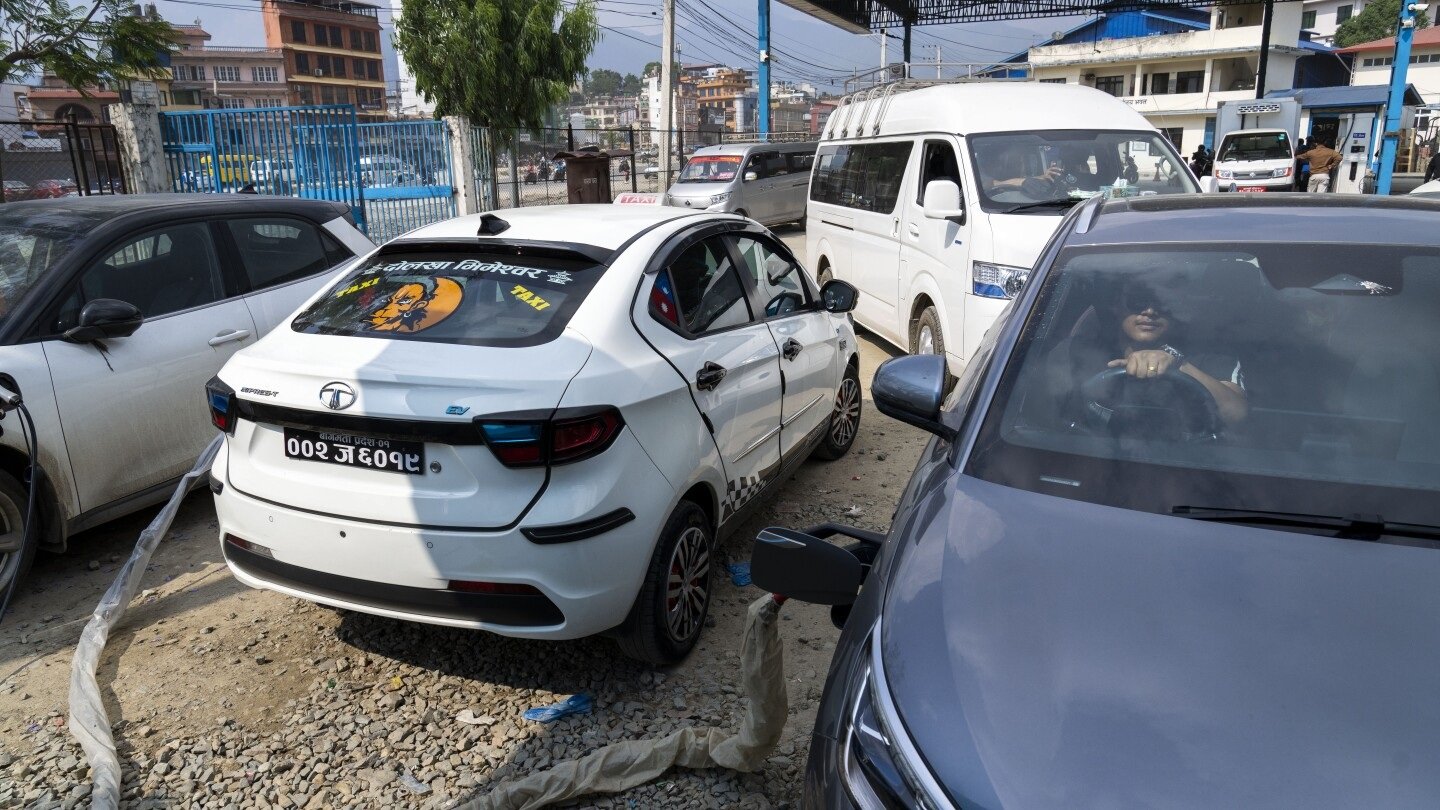
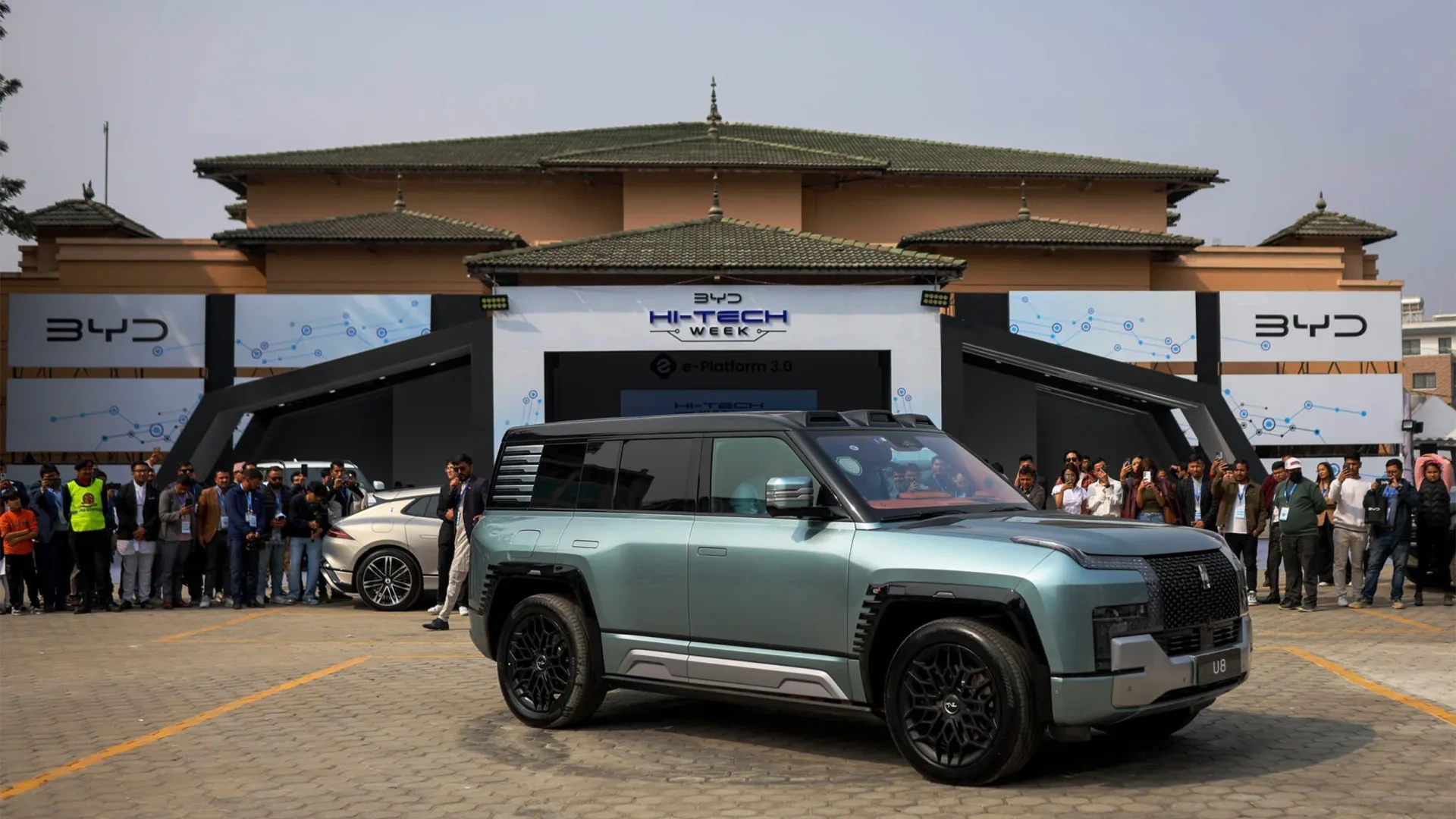

![[Photo] President Luong Cuong receives US Secretary of War Pete Hegseth](https://vphoto.vietnam.vn/thumb/1200x675/vietnam/resource/IMAGE/2025/11/02/1762089839868_ndo_br_1-jpg.webp)

![[Photo] Lam Dong: Images of damage after a suspected lake burst in Tuy Phong](https://vphoto.vietnam.vn/thumb/1200x675/vietnam/resource/IMAGE/2025/11/02/1762078736805_8e7f5424f473782d2162-5118-jpg.webp)






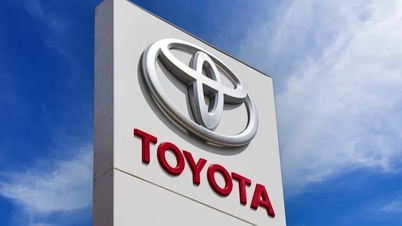
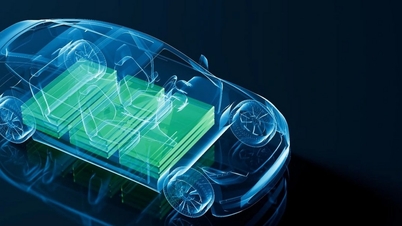










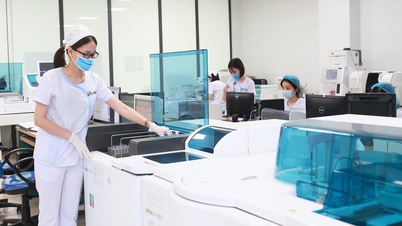





























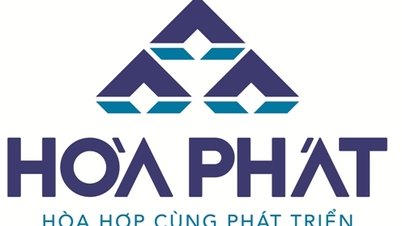












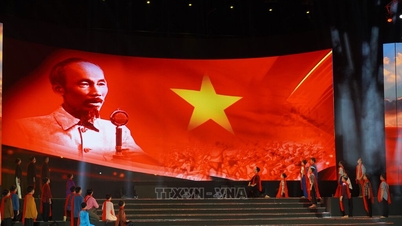


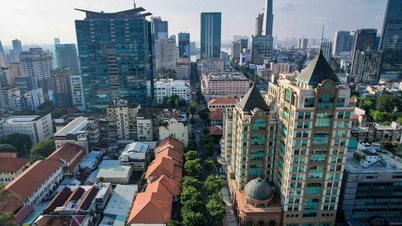


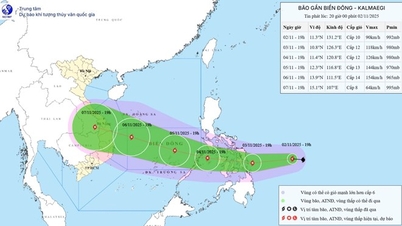




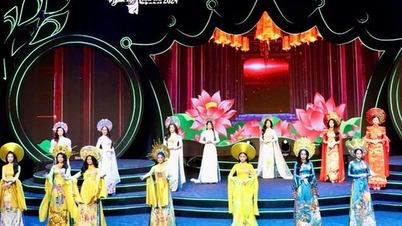


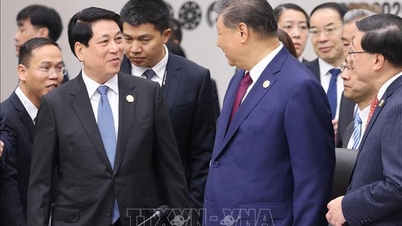





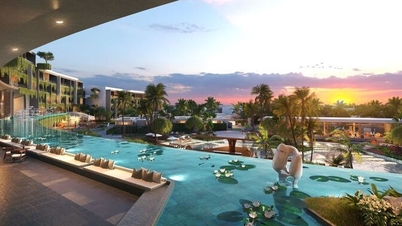




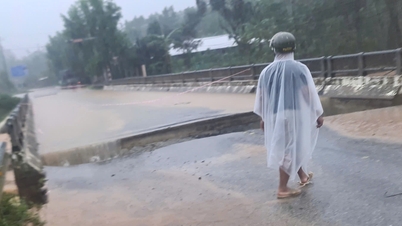
















Comment (0)